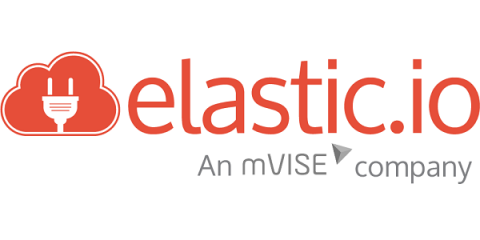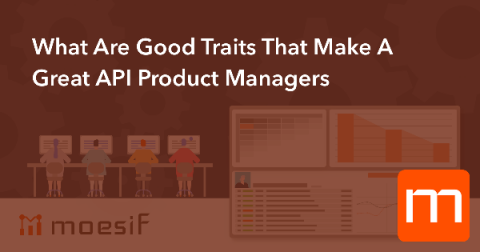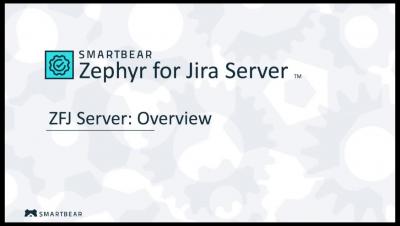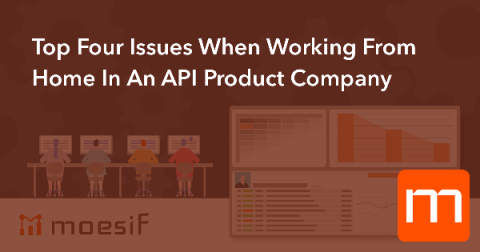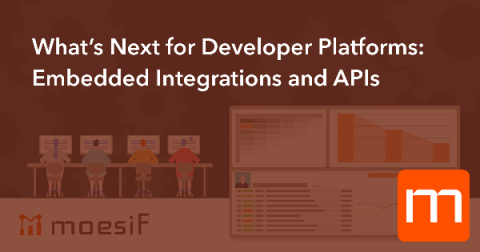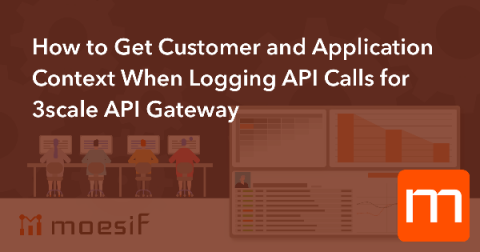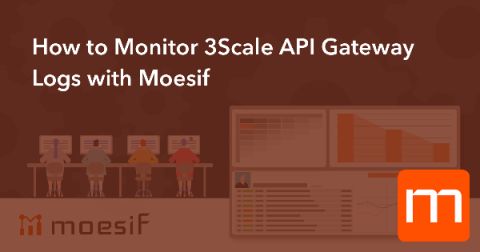Tracking a Developer's Journey From Documentation Visit and Sign Up to First API Call
If your business model involves selling to developers, you probably have already realized that much of the traditional processes and metrics applicable to traditional enterprise sales or consumer marketing don’t work. Specifically, selling to developers usually means attracting them to your platform and helping them succeed in building something, whether that’s a new app, integration, or automating an internal process.



